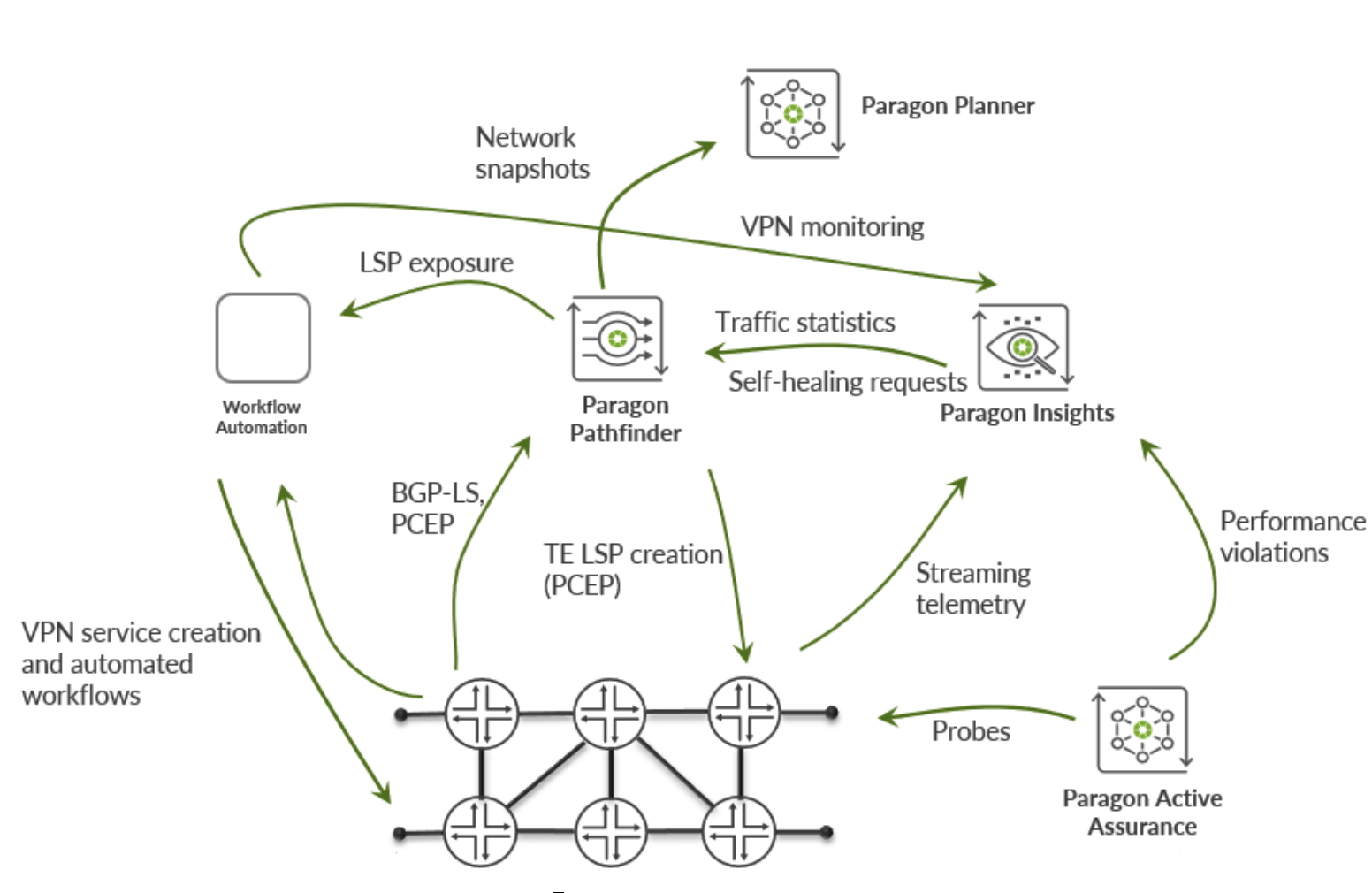I’m an IT revolutionary. I talk all the time about the quaint backwards “state of the art” in enterprise IT, what with its (many) decades old protocols, paradigms, and practices. What we call modern is really just a charade of faked-out old-fashioned open systems infrastructure: Pretend servers talking to fake disks over frankenstein networking technology.
What is Flexible IT?
I’ll be doing a “Twitterview” about Flexible IT today with NetApp. While I’m sure most companies would like to define flexible IT as “what we have in our product catalog,” I’m not going to play that game. IT has to change its ways or The Techie/Business Schismwill get us all.
I see the roadmap ahead as one journey over two paths:
- Tactically, IT infrastructure groups must immediately begin implementing technologies that are responsive to user needs and focused on improving the performance of the business applications they support. This is what NetApp is calling Flexible IT.
- Strategically, IT infrastructure must change entirely, implementing revolutionary platforms to support the next-generation apps that are being widely developed. Call this “cloud” if you must, but just about everything we take for granted today will lose significance in this new era.
Flexible IT (as it stands today) is tactical. IT infrastructure must be entirely virtualized to enable “right now” provisioning and reconfiguration. This means embracing enabling technologies like server-side hypervisors, blade computing, converged networking and I/O, and advanced storage technologies.
What Does it Mean to be a Service Provider?
Automobiles used to be raw and mechanical, but today the mechanical elements are obscured by a covering of user-friendliness and hands-off service
But real IT flexibility will mean higher-level abstraction. The next applications won’t want to run on “a server” — even a very flexible one. These apps will require a programming platform that abstracts away the entire concept of “server.” Although there will always be servers and disks and such, they will fade into the background, hidden under a layer of application services.
You know how some people like to think of themselves as “service providers”? They’re on the right track, though I’m not sure that they (yet) grasp the full significance of that concept.
A service provider has to provide the services required by consumers or it will fail. This means IT infrastructure has to prepare the environment demanded by IT application developers, rather than just shuffling around the chairs and tables and hoping customers will stream in.
What happens when the IT applications group asks the IT infrastructure manager to implement Microsoft’s Azure Services Platform? What if they want to run on App Engine or Force.com? The head-scratching in the VMware community about SpringSource is a sign that IT infrastructure just doesn’t comprehend what’s happening (yet).
Stephen’s Stance
This is a strategic shift, and we have to be ready. Being ready means changing not just what we do but also how we do it. The systems we employ in a decade might look familiar inside, but the process of delivering services on them will be entirely different. Making this shift requires real flexibility from IT, not just another round virtualization fake-outs.
Image credits: Highway construction Guizhou S0404 by sweart, VW engine by Grant Foskett






